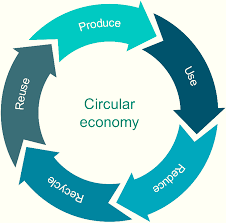![]() 29 Feb 2024
29 Feb 2024
The Sixth Assembly session of United Nations Environmental Programme (UNEA-6) is being held at their headquarters in Nairobi, Kenya,
Plastic pollution:
|
|---|

United Nations Environment Assembly (UNEA)
|
|---|
News Source: UNEA
| Must Read | |
| NCERT Notes For UPSC | UPSC Daily Current Affairs |
| UPSC Blogs | UPSC Daily Editorials |
| Daily Current Affairs Quiz | Daily Main Answer Writing |
| UPSC Mains Previous Year Papers | UPSC Test Series 2024 |
<div class="new-fform">
</div>